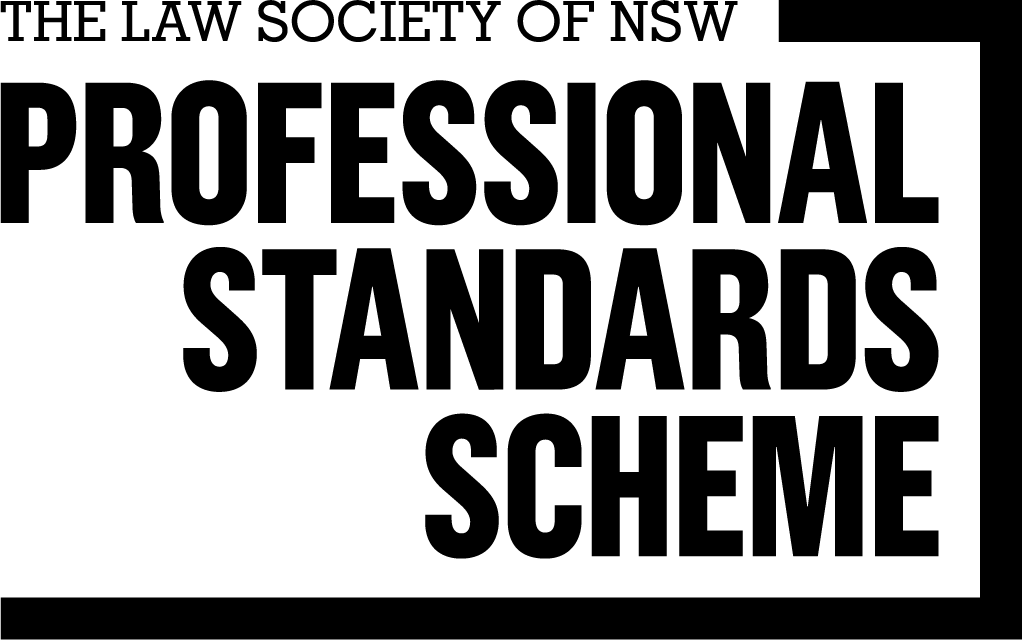Regular readers of my articles in SCN will be aware of my view that the minimum 5 year term is a rabid dog. It has now bitten another unsuspecting lessee.
The decision of the Supreme Court of South Australia in Pastina Pty Ltd v Hosanna Excelsis One Universal Church Inc [2019] SASC 18 is yet another example of a lessor using the legislation as a sword, to saddle an unwilling lessee with an unwanted 5 year term.
The facts of the case are a little murky, but when distilled we can say that the term of the lease was 4.5 years, with a 5 year option. The option was not exercised. The term of the lease ended, and the lessee held over for 2 years.
When the lessee vacated the premises after holding over for two years, the lessor successfully argued that a new, 5 year lease had been created by the hold-over, and the lessee remained on the hook for an additional 3 years.
The South Australian 5 year term legislation reads like a lamb, but bites like a taipan.
Section 20B(1) says that the term of a lease must be at least 5 years. When working out the 5 years, the term of an option to renew is counted. Therefore, a lease for a term of 2 years, with a 3 year option, complies with the minimum 5 year requirement.
Section 20B(2) says that if a lease does not comply, the term is extended, to bring the term to 5 years.
Section 20B(3) then provides a number of exceptions to the requirement for a minimum 5 year term. Relevantly, the section does not apply to a lease if…
“(b) the lease arises when the lessee holds over after the termination of an earlier lease… and the period of holding over does not exceed 6 months; or…
(d) the lessee has been in possession of the retail shop premises for at least 5 years.”
When this ingenious legislative edifice was applied to the facts in Pastina the Court had to conclude that:
- The original lease complied with s 20B(1). The term was 4.5 years plus a 5 year option, easily more than the statutory 5 year minimum. There was therefore no basis on which section 20B(2) could be applied to extend the 4.5 year term to 5 years.
- A new lease arose when the lessee held over after the termination of the earlier lease. The earlier lease was for a fixed term. When that lease ended a new, periodic, monthly lease commenced. The period of holding over exceeded 6 months, therefore the exception in section 20B(3)(b) could not apply.
- When the new holding over lease commenced, the tenant had not been in possession for more than 5 years (it had only been in possession for 4.5 years). Therefore, the exception in section 20B(3)(d) could not apply.
Therefore, the unwitting tenant ended up with an unwanted 5 year term, on top of the 4.5 years it had signed on for.
This, in turn, is probably an unintended consequence of the way in which the unnecessary legislation is drafted. Had the original lease not included an option, section 20B(2) would have applied, to extend the term from 4.5 years to 5 years. This would then have entitled the lessee to possession for 5 years, and the exception in section 20B(3)(d), would have engaged to exclude the holding over from a repeat performance of the minimum 5 year term. How often is the lessee shot in the foot by these accidental consequences of the goofy legislation?
Remember, the legislation is supposed to be the lessee’s friend. Yet here it is, again, loading an extra bullet into the lessor’s chamber.
Assume a lessee signs on for a 2 year lease with a 3 year option. The minimum 5 year term requirement of s 20B(1) has been satisfied. Assume the tenant elects not to exercise the option, and then holds over for more than 6 months.
The exceptions in s 20B(3) do not apply, and the lessee wakes up to the nasty shock that having elected not to be bound to a further 3 years, he is in fact bound to a further 5 year term. Oops.
If it wasn’t so sad it would be funny. I mean, here we are, with an Act that says the lessee must get a disclosure statement before the lease is entered into, we have to give notice of the absence of a preferential right, notice of our intention at the end of a lease, notice of alterations, notice if we need to brush our teeth, and yet we can blindside the lessee with an uppercut like this.
Someone is not seeing the forest for the trees. And it is not as if the minimum 5 year term requirement serves any discernible purpose. Queensland never adopted it, and New South Wales abandoned it in 2017. Coming off the back of the decision in Pastina, the only people in South Australia who would be sorry to see it go would be the lessors.
Download pdf here – Minimum 5 year term shoots another tenant





